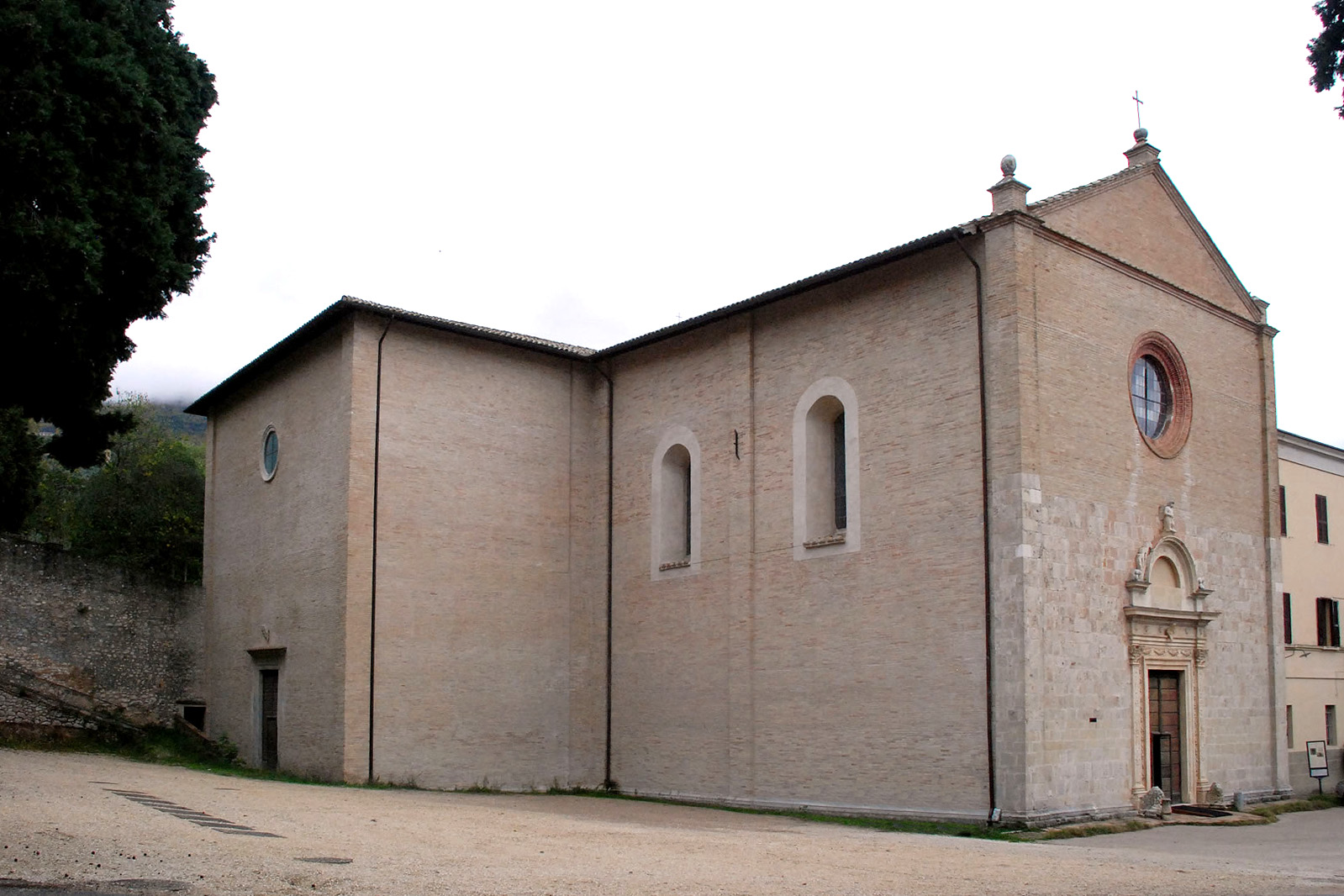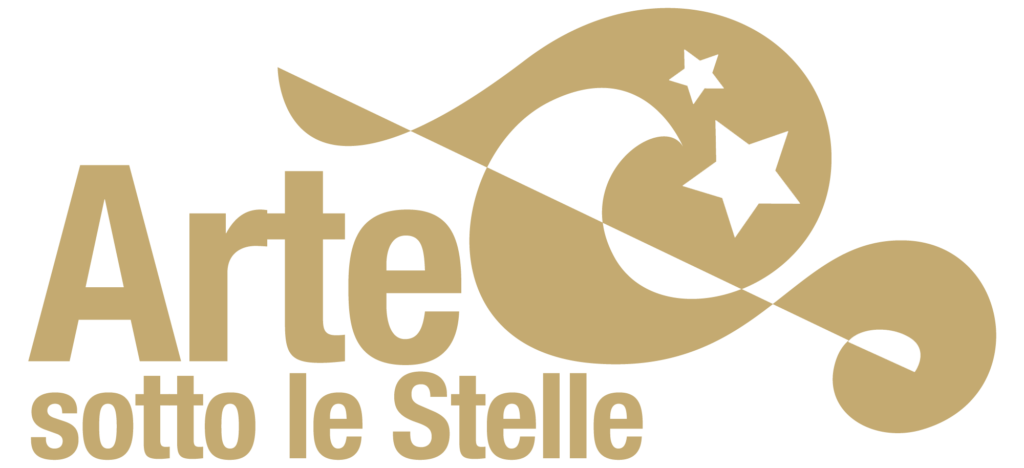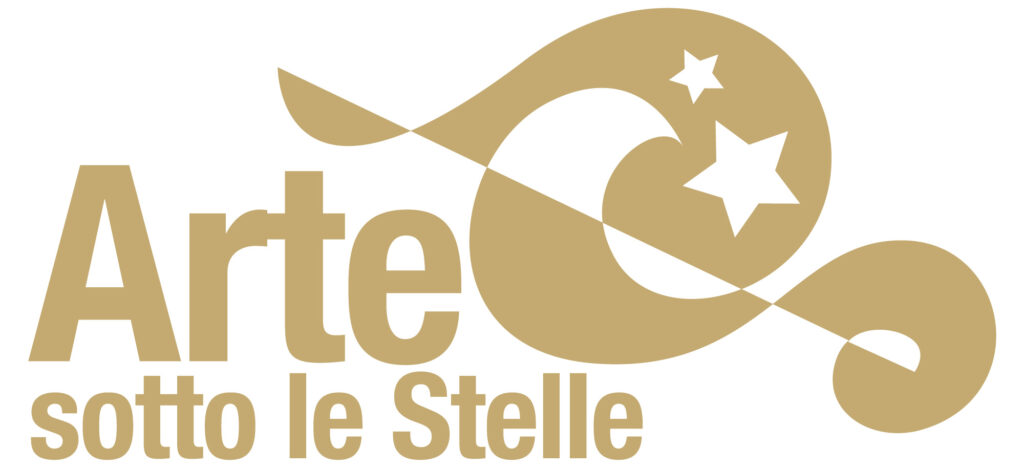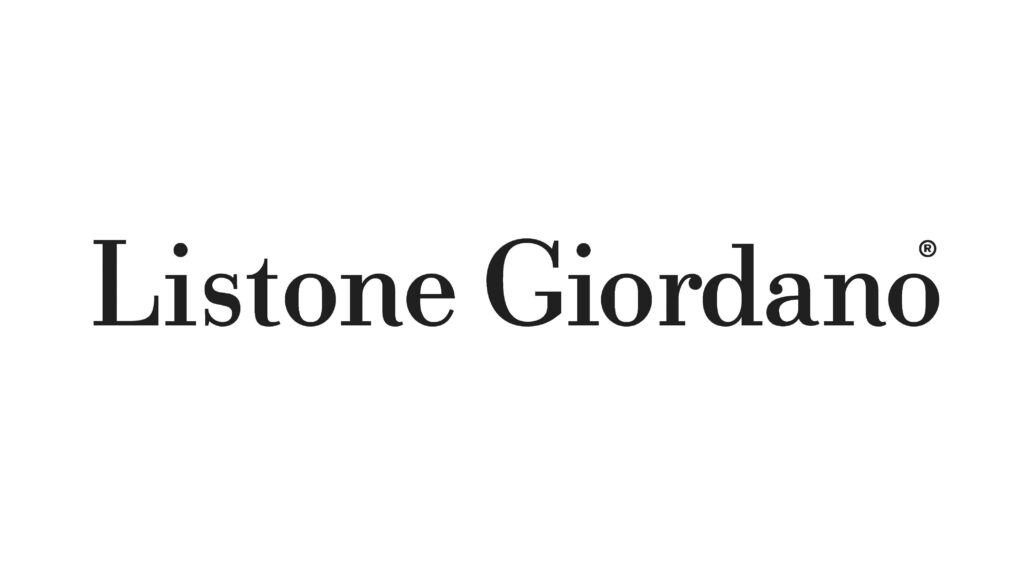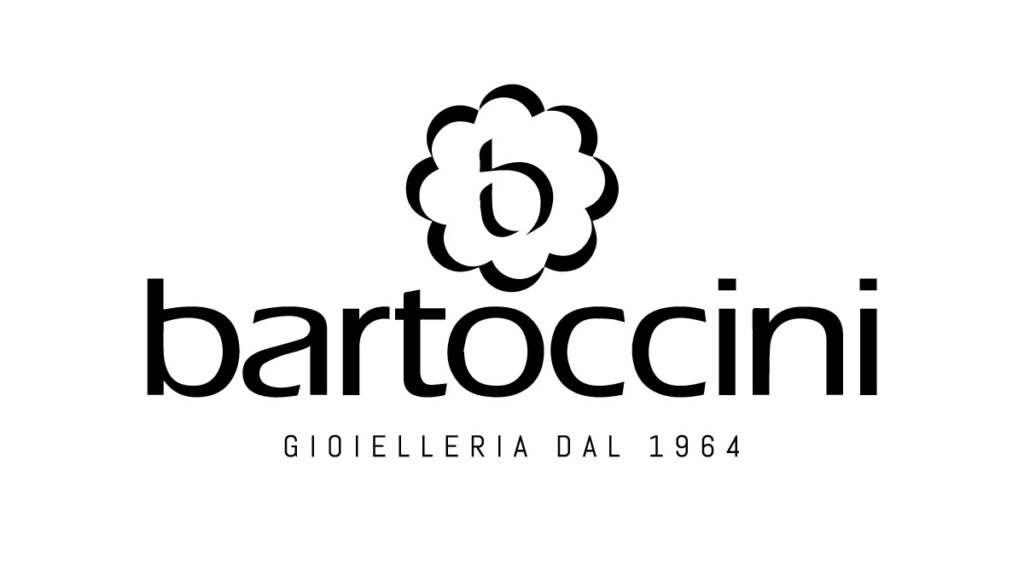Chiesa della Madonna delle Lacrime – Trevi
Si narra che la sera di venerdì 5 agosto 1485 l’immagine di una Madonna con Bambino, affrescata da un artista locale sulla facciata della casa di un cittadino trevano, chiamato Diotallevi, viene vista piangere lacrime di sangue. La notizia miracolosa passa di casa in casa e poi di paese in paese, generando un forte interesse e una grande devozione di fedeli e pellegrini che iniziano a visitare il luogo. Il Comune di Trevi provvede inizialmente a proteggere la santa icona con una tettoia; grazie alle ingenti elemosine e ai numerosi lasciti, decide di edificare un vero e proprio santuario, intitolato alla “Madonna delle Lacrime”, al posto dell’originaria abitazione colonica. La prima pietra di posa della costruzione, ad opera dell’architetto Francesco di Pietrasanta, ha luogo nel 1487, mentre la data di ultimazione dei lavori corrisponde al 1522, con l’esecuzione dei pavimenti. A lavori in corso, già nel 1488 gli abitanti del villaggio di Bovara acquistano i diritti su una cappella che verrà, molti anni dopo, fatta affrescare da Perugino.
All’esterno, la chiesa presenta una struttura divisa in due parti: nel 1500 infatti la chiesa, che risulta alzata soltanto per metà, fu affidata ai Canonici Regolari Lateranensi che la completano in laterizio, edificando anche il proprio convento.
Dal 2006 il luogo di culto è definitivamente accessibile al pubblico, a seguito dei numerosi interventi di consolidamento effettuati a seguito del terremoto del 1997.
Interno
La chiesa, con pianta a croce latina coperta da volte a crociera, per la luminosità degli ambienti e l’armonia tra spazio architettonico ed opere d’arte, è considerata una delle perle rinascimentali dell’Umbria.
Al progetto originario appartengono le cappelle laterali a forma di edicole, che furono poi decorate in tempi diversi. Dalla fine del Cinquecento la chiesa accoglie le monumentali sepolture dei più eminenti membri della nobile famiglia trevana dei Valenti, che si alternano alle cappelle decorate.
La parete di destra accoglie la Cappella di S. Ubaldo, decorata dalla bottega marchigiana degli Angelucci da Mevale nella seconda metà del Cinquecento.
Segue la Cappella acquisita dagli abitanti di Bovara e affrescata da Perugino all’età di 76 anni, nel 1522, con una bellissima Adorazione dei Magi, i Ss. Pietro e Paolo, l’Annunciazione, ed elegantissimi fregi. Nell’ambiente compare anche lo stemma della famiglia Valenti, apposto in un secondo momento, nel XVII secolo.
Nel grande altare del transetto destro, ricostruito verso il 1621 dalla famiglia Benenati-Piccolomini, erede del cardinale Erminio Valenti, è custodito l’affresco quattrocentesco con l’immagine miracolosa della Madonna con il Bambino che lacrimò nel 1485.
Sulla destra si trova la cappella dedicata a S. Carlo Borromeo, arredata da una tela seicentesca; nella parte opposta si trova la cappella di San Francesco decorata da Giovanni di Pietro detto lo Spagna nel 1520: il pittore dipinge un Trasporto di Cristo al sepolcro con S. Agostino, i ritratti dei Canonici Lateranensi ed angeli con figure di Santi, ai lati S. Giuseppe e S. Ubaldo, negli spicchi i profeti Isaia e Geremia. L’impostazione della scena centrale risente dell’influenza di Raffaello nella Deposizione, che al tempo ancora si trovava in San Francesco al Prato a Perugia, ed attesta l’importanza del Maestro nella pittura rinascimentale locale, di cui rimangono però poche tracce figurative.
La parete sinistra presenta la cappella della Resurrezione, affrescata da Orazio Alfani; le due candeliere esterne rappresentanti demoni e dannati sono d’ispirazione signorelliana nel Duomo di Orvieto.
Infine, la Cappella di S. Alfonso, anticamente dedicata a S. Caterina e di patronato di Tiberio Valenti, nel 1741 fu ridipinta dai Canonici Lateranensi e fornita di una tela mediocre del nuovo santo titolare.
